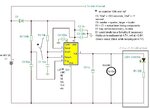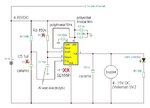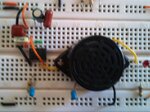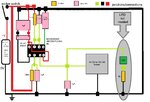yair-1
Newbie level 4
Hi
For longboard that I've built, I want to add a "beep" sound while turned on.
It works on self made 42v battery, but i can take any voltage on steps of 4.2v, or
add a step down converter.
The sound should be short, about half sec.
Any one can help me with a circuit for it?
Thanks
For longboard that I've built, I want to add a "beep" sound while turned on.
It works on self made 42v battery, but i can take any voltage on steps of 4.2v, or
add a step down converter.
The sound should be short, about half sec.
Any one can help me with a circuit for it?
Thanks



